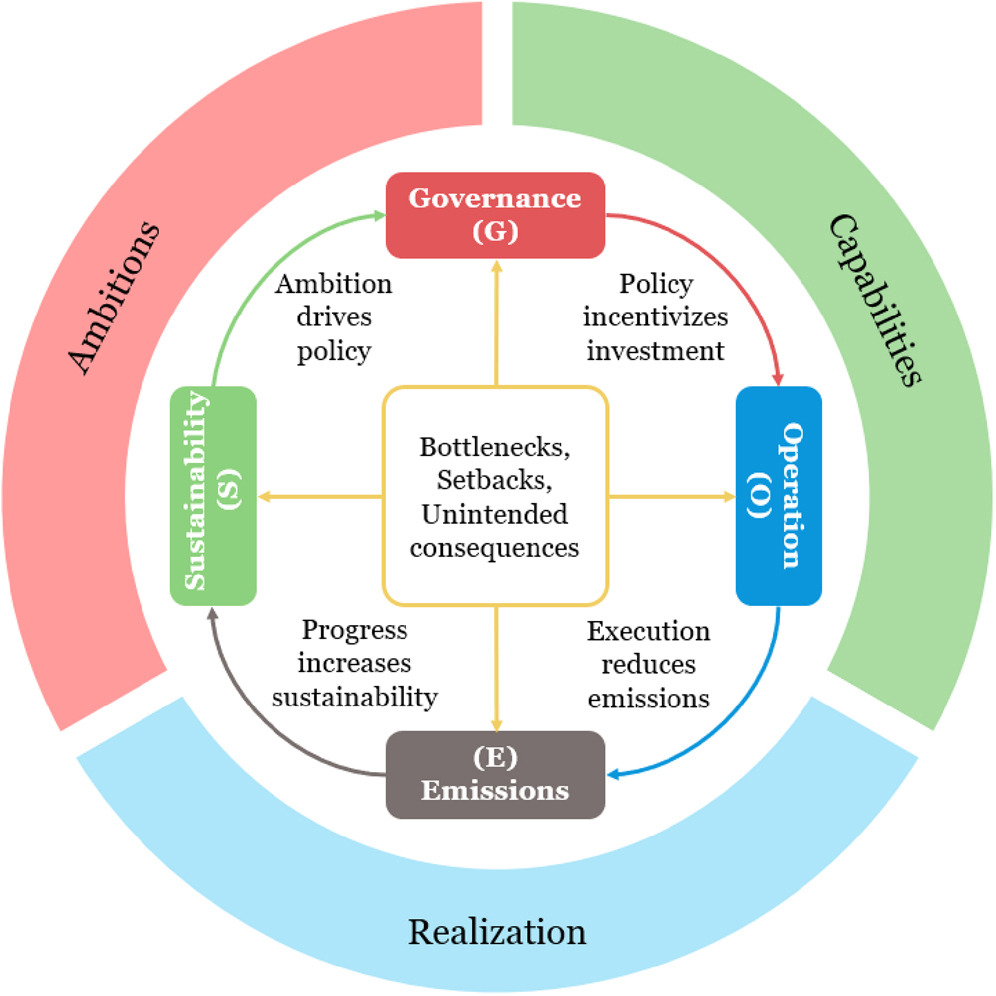Mobility as a Service (MaaS) is a recent concept that is gaining momentum in both the scientific world and the private sector. First studies and field trials – essentially conducted in developed countries – suggest that MaaS can influence people's mobility behavior and create more efficient and sustainable transport systems for the future. We intend to contribute to the existing knowledge about MaaS by extending the scope to the context of developing countries where MaaS could be a potential strategy to address existing transport problems.
Background: Ozone effects on lung function are particularly important to understand in the context of the air pollution-health outcomes epidemiologic literature, given the complex relationships between ozone and other air pollutants with known lung function effects. Research Question: What has been learned about the association between ozone exposures and lung function from epidemiology studies published from 2013 through 2020?
Internalising health-economic impacts of air pollution into climate policy: a global modelling study
Background: Climate change and air pollution are two major societal problems. Their complex interplay calls for an advanced evaluation framework that can support decision making. Previous assessments have looked at the co-benefits of climate policies for air pollution, but few have optimised air pollution benefits. In our study, we lay out a modelling framework that internalises air pollution's economic impacts on human mortality, while considering climate constraints and aerosol feedback.
A growing number of governments are pledging to achieve net-zero greenhouse gas emissions by mid-century. Despite such ambitions, realized emissions reductions continue to fall alarmingly short of modeled energy transition pathways for achieving net-zero. This gap is largely a result of the difficulty of realistically modeling all the techno-economic and sociopolitical capabilities that are required to deliver actual emissions reductions.
This chapter advances SDGs 3, 4, and 10 by exploring topics with emphasis on the benefits and challenges of talking with youth about race and identity, strategies for coping, and ways that we can help promote racial healing in ourselves and our communities.
A study of the risks from emerging technologies, such as artificial intelligence, and their disproportionate impact on particularly vulnerable individuals or groups in a community. The authors identify and map types of harms or injustices experienced in the digital space to understand how they are translated into rights violations by adjudicative bodies. Racial structural injustice is one aspect of the research.
This article examines the trade-offs between industrial development that benefits indigenous peoples economically and the environmental and other harms that result.
Recommends ways to make daily travel safer for women.
Mutual understanding is important when trying to make beneficial climate changes.
The role of science in influencing climate policy.


